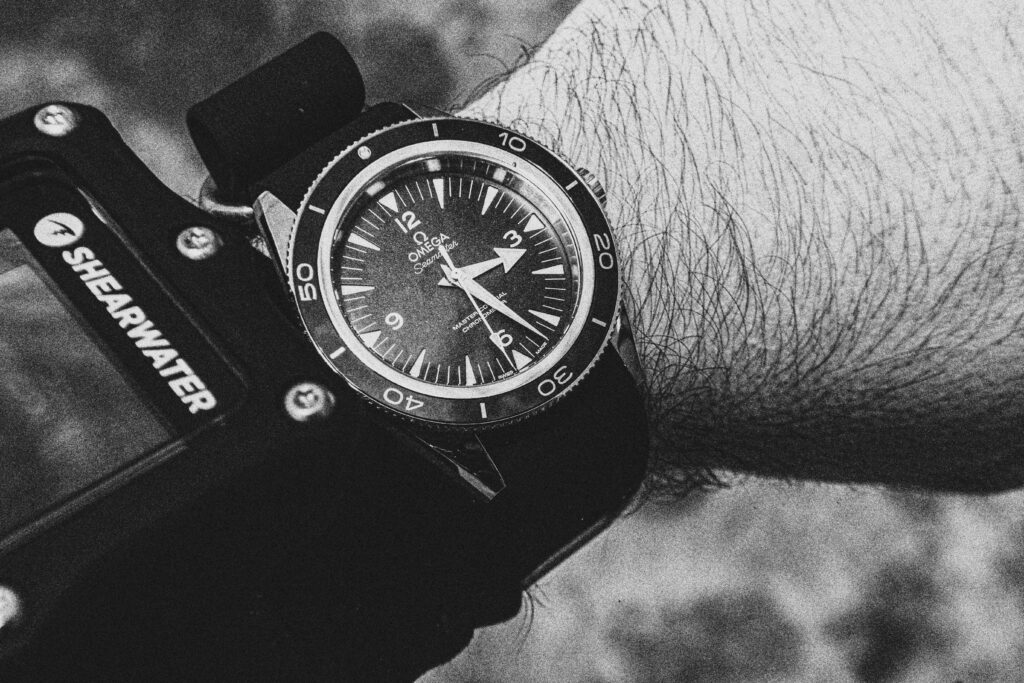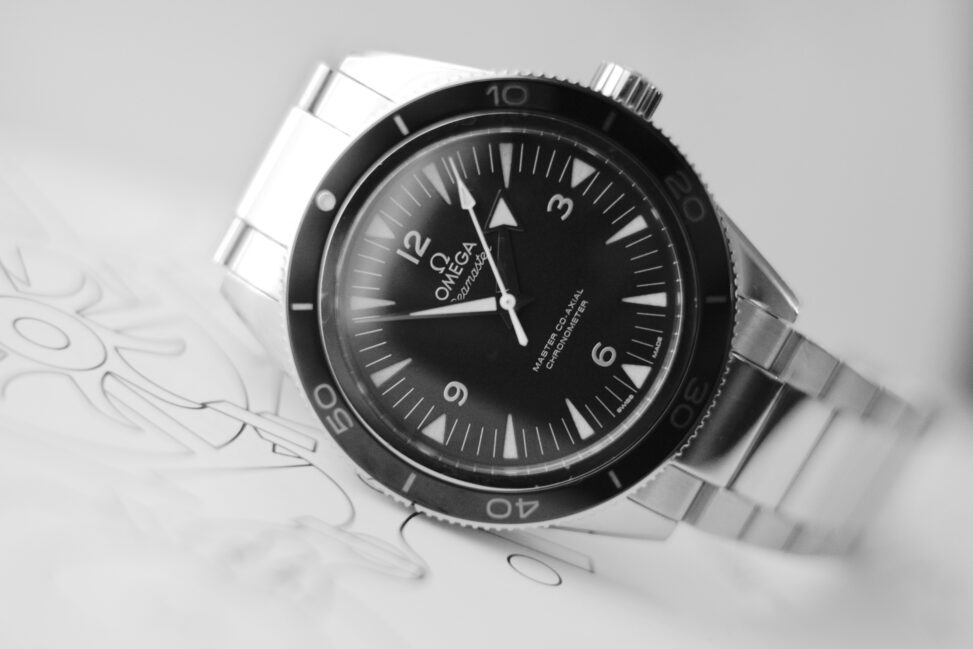614 words
It was a time when, like now, a distraction was needed. The elastic scale of what was bearable proceeded to trudge along, somehow unnoticed, and like all other times before it and that would come after, needed a release valve. The year was 2013, and after an unprovoked and impromptu scuba diving experience a couple of years prior, I finally grew the resolve to purchase a dive watch.
This was a big deal for me. Until that point, chronographs were my choice of timepiece, for I needed to time meetings and transit times. Dive watches were the first kind of watch which I wanted to use in a recreational setting, for recreation was not a priority until that point – little did I know that recreational aspects of diving itself would be relegated into obsolescence in time, for I have not gone on a “pleasure dive” in over two years.

Not too long before this decision, I had bought an Omega Speedmaster Professional not because of any of Omega’s marketing but because I wanted a quality chronograph to wear to meetings where my highly polished TAG Heuer Carrera Chronograph could stay away from meetings where it became a distraction. Function always lead the way, and though I had learned about the basics of movements during this purchasing decision – the research into the merits of the Valjoux 7500 and the Omega Calibre 1861/Lemania 1863 – I was not a watch “nerd” at that point.
As I stood in the Rolex Boutique in Toronto, for where else would I turn to for default for a dive watch which would accompany me for the rest of my life, I was repulsed. As the Submariner rested on my wrist, I was reminded of how my Carrera and its ostentatious design elements became a burden; I set both the date and non-date versions of the Rolex back on the green felted tray and thanked the kind saleswoman for her time. The Submariner’s squarish case, highly polished, well, everything, and the paragraph of text on the dial were just not for me, and I was relieved.
“You get to keep $9,000 today,” I thought to myself.
A few months later into the new year, Omega announced the vintage-inspired Omega Seamaster 300 Master Co-Axial, and I was immediately in love. For some reason, its polished elements faded away due to its more classic design, and I had to have one. But, even undercutting the Submariner’s price by more than fifteen percent, I needed to know why, on a technical level, this would be a better choice than the Submariner.
Enter the Co-Axial escapement, and my chapter as a watch nerd was born. I bought “Watchmaking” by George Daniels, and I have never looked back. To this very day, I adore seeing the escapement work away in my Seamaster 300 and my Omega DeVille Trésor. Back then, I did not have the full technical grasp necessary to understand everything the late Mr. Daniels wrote, but I recently found out that I now do.
This growth was not accomplished in a vacuum, and I have three people to thank for this. They did not explain anything in particular in detail, but simply being within their orbit of influence was enough to enrich my mind. To be honest, these are the very best examples of humans amongst us. Two of them are highly talented watchmakers here in Canada, Bradly Taylor and Theren Wang, and the other is a watch brand founder, Wesley Kwok. I do not know how I would ever repay these gentlemen, but revisiting Mr. Daniels’ book to have a more informed perspective in our future discussions is a good place to start as any.
